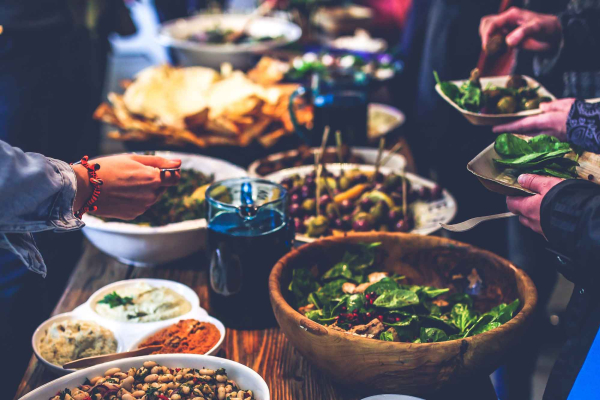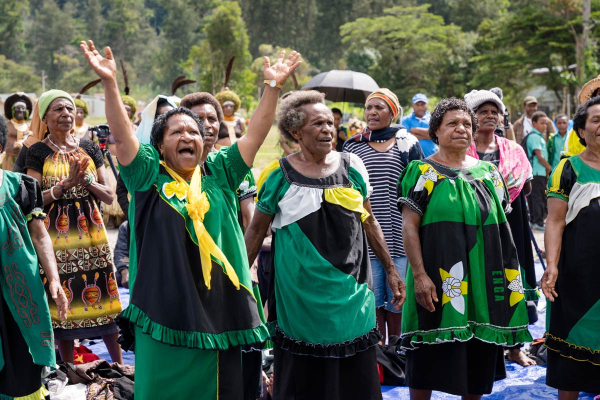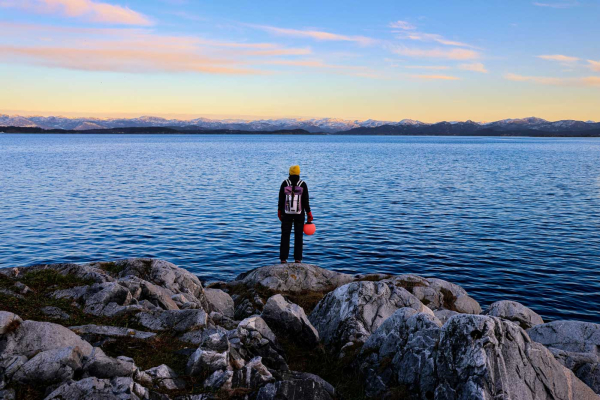Christmas Around the World
A look at the way different countries celebrate Christmas.
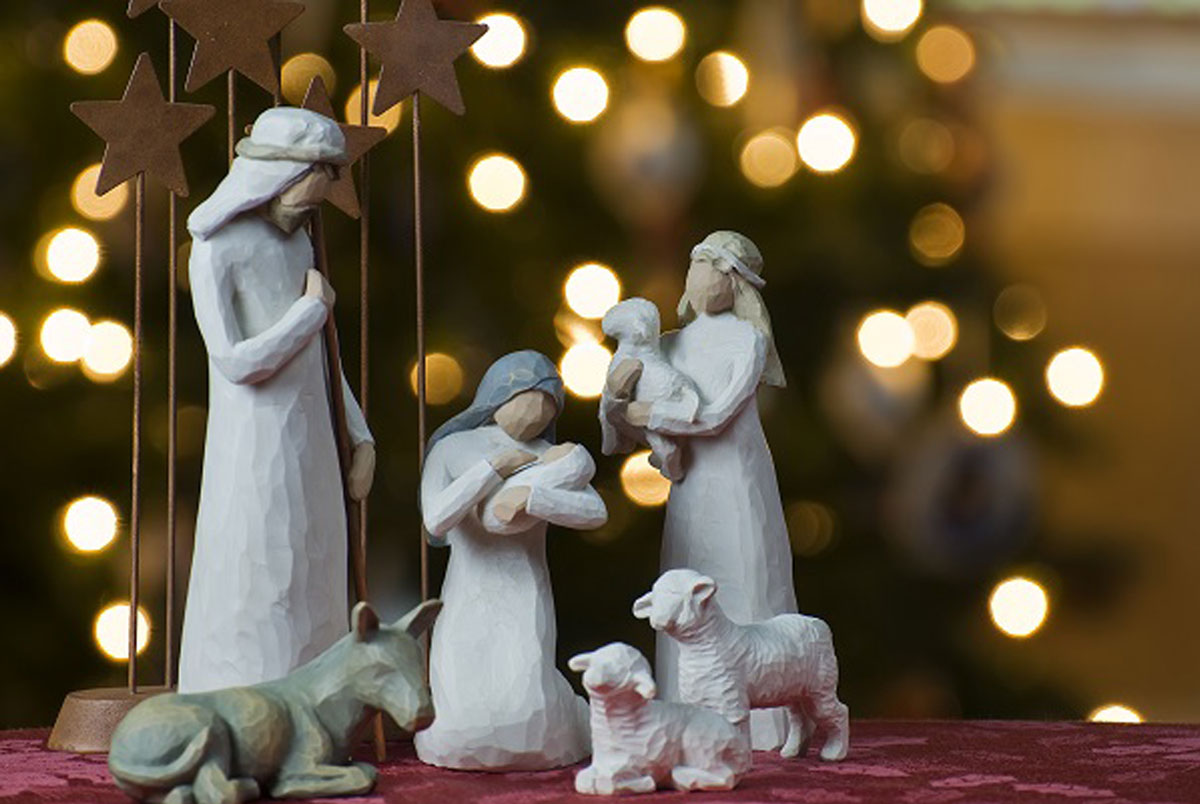
Picture your favorite Christmas traditions — the twinkling lights, family gathered close, the laughter over a shared meal or the joy of exchanging gifts. Each of these moments carries its own traditions and significance, all adding to the way we celebrate this holiday. Yet as personal and familiar as these customs may feel, Christmas is celebrated in countless ways across the globe, with every culture bringing its own unique perspective and meaning.
Whether through joyful gatherings, parades, carols or special dishes, Christmas looks a little different everywhere, but the heart of it remains the same.
Christmas Traditions from 5 Countries Around the World
As an organization working around the world to share the Good News of the gospel in ways that people clearly understand, we thought it would be fun to share some of the unique ways that countries celebrate Christmas. It’s a chance to not only appreciate how different cultures celebrate this wonderful holiday but also to remind ourselves why Christmas exists — to celebrate the birth of Jesus Christ!
1. NIGERIA
“Merry Christmas” in Igbo, one of the many languages spoken in Nigeria, is E keresimesi Oma! Christmas in Nigeria is a time when families come together to celebrate and enjoy time together.
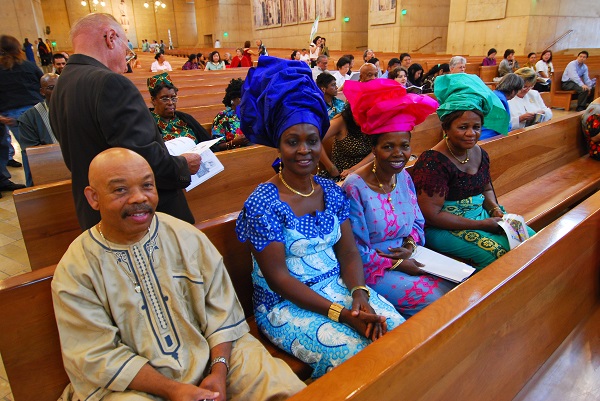
Many families kick off Christmas with all-night parties on Christmas Eve, where laughter, music and dancing fill the air. When morning comes, people head to church for a service of gratitude and worship, a beautiful way to begin Christmas Day. Sometimes choirs even take the celebration outside, visiting homes to sing carols for neighbors and friends.
On Christmas Day, it’s tradition for children to wear a special “Christmas cloth” — a new outfit gifted by their parents — and go around the neighborhood receiving small gifts, often in the form of money. Family members exchange presents, and kids enjoy playing with firecrackers, adding some excitement to the festivities!
No Christmas celebration in Nigeria would be complete without a delicious meal. Families enjoy traditional dishes like jollof rice cooked in a tomato stew and pounded yam. Popular meats include beef, goat, chicken or ram, often served with fried rice, vegetable salad and flavorful stews.
2. BELGIUM
“Merry Christmas” in Dutch is Vrolijk Kerstfeest! And unlike many countries around the world, Belgians typically celebrate the gift-giving part of Christmas on December 6, which is St. Nicholas Day. The night before St. Nicholas Day, kids put their shoes in front of the fireplace. Then in the night, St. Nicholas (or Sinterklaas) climbs down the chimney and delivers presents, leaving them in and around the kids’ shoes.
For many Belgians, Christmas Eve is when the real celebration begins, as families gather for a memorable meal. The evening kicks off with a drink and nibbles (what we’d call appetizers), leading to dishes like seafood or stuffed turkey. But the highlight is the dessert — the Kerststronk, a festive yule log sponge cake blanketed in chocolate buttercream and shaped to look like a tree log.
Christmas Day in Belgium is cozy and joyful. Some families exchange small gifts the night before, while others save them for Christmas morning, which begins with a special breakfast: freshly baked rolls, pastries, cold meats and sometimes a sweet bread shaped like baby Jesus. People spend the rest of the day visiting friends and extended family, enjoying the presence of their loved ones.
3. NEW ZEALAND
“Merry Christmas” in Maori, one of the many languages spoken in New Zealand, is Meri Kirihimete! Since New Zealand is in the Southern Hemisphere, Christmas falls during summer.
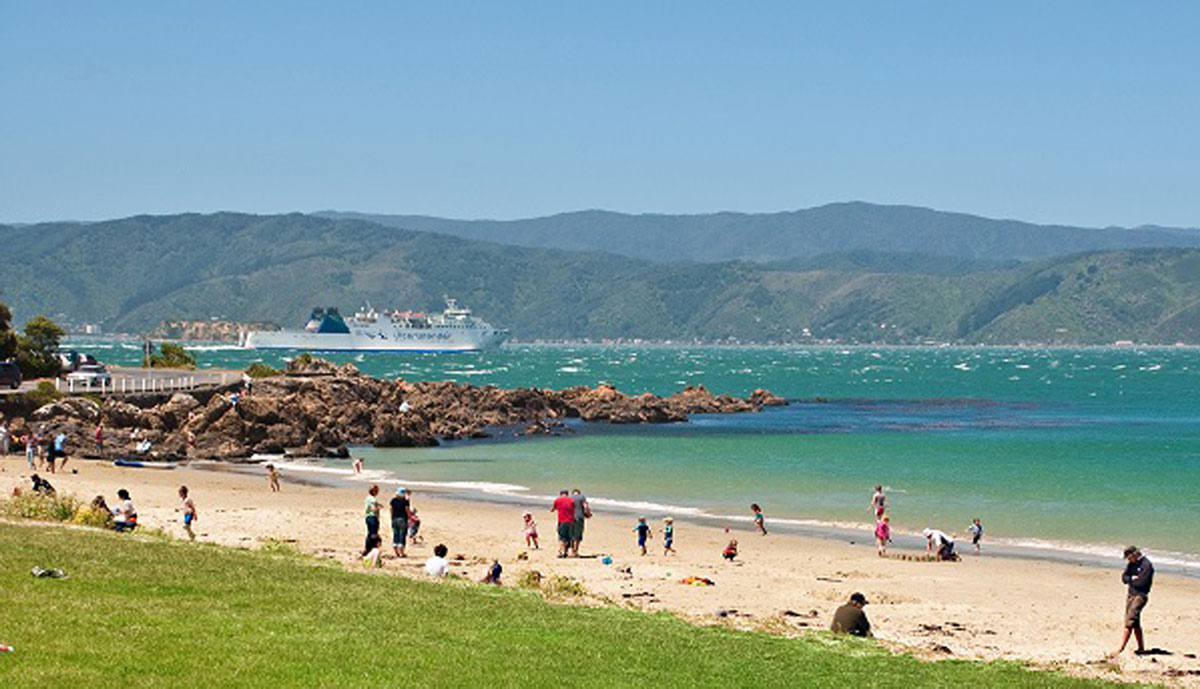
Instead of a traditional winter meal, New Zealanders often fire up “the barbie” (barbecue) for Christmas lunch, grilling everything from ham to shrimp and fish. For dessert, people enjoy treats like pavlova, meringues, fruit salad and even hot fruit pudding served with custard and ice cream — a refreshing treat for a warm holiday!
In the weeks leading up to Christmas, cities across New Zealand hold vibrant Santa parades with giant floats. Santa himself greets families along the streets — a tradition that started back in the early 1900s. Red, white and green are the festive colors here, too, but with a unique twist: Red represents the blooming pōhutukawa tree (New Zealand’s “Christmas tree”), white represents the sandy beaches and green represents the country’s lush landscapes.
4. PUERTO RICO
“Merry Christmas” in Spanish is “Feliz Navidad!” In Puerto Rico, the Christmas season isn’t just celebrated in December; celebrations begin as early as November and can continue until mid-January! Across weeks of celebrations, Puerto Rican Christmas features music, worship and vibrant community gatherings.
One cherished tradition is the Misa de Aguinaldos — a special series of masses held each morning at 6 a.m. from Dec. 15-24. These services are filled with music, featuring traditional Puerto Rican instruments like the cuatro (a local guitar), güiros (a percussion instrument) and maracas, creating a joyful atmosphere of song and prayer.
Another beloved custom is a parranda, or Puerto Rican-style Christmas caroling. Starting late in the evening, friends surprise neighbors by singing at their doorsteps, often causing the awakened hosts to join in. This lively gathering can continue from house to house until sunrise, filling the streets with music and holiday cheer.
The main Christmas celebration, Nochebuena (which means “the Good Night” and falls on Christmas Eve), is a night for families to gather for a midnight mass and a grand feast. The meal centers around lechon asado (slow-roasted pork), served with rice, plantains and arroz con dulce (a sweet rice pudding). Christmas Day, or Navidad, is a time to relax and enjoy the warmth of family after the excitement of Nochebuena.
5. GEORGIA
In Georgia, “Merry Christmas” is გილოცავთ შობა-ახალ წელს! (written as “Gilotsavt shoba-akhal ts’els” in the English alphabet). This country, nestled near Turkey and Russia, celebrates Christmas a bit differently from many others; following the Eastern Orthodox calendar, Georgia observes the holiday on Jan. 7.
Instead of the typical pine tree, Georgians decorate a chichilaki — made from dried wood shaved into curly strips to form a small tree shape. These are adorned with fruits, sweets and topped with a wooden cross. On Jan. 19, many Georgians burn their chichilaki to symbolize the end of the previous year’s hardships and bring a meaningful close to the season.
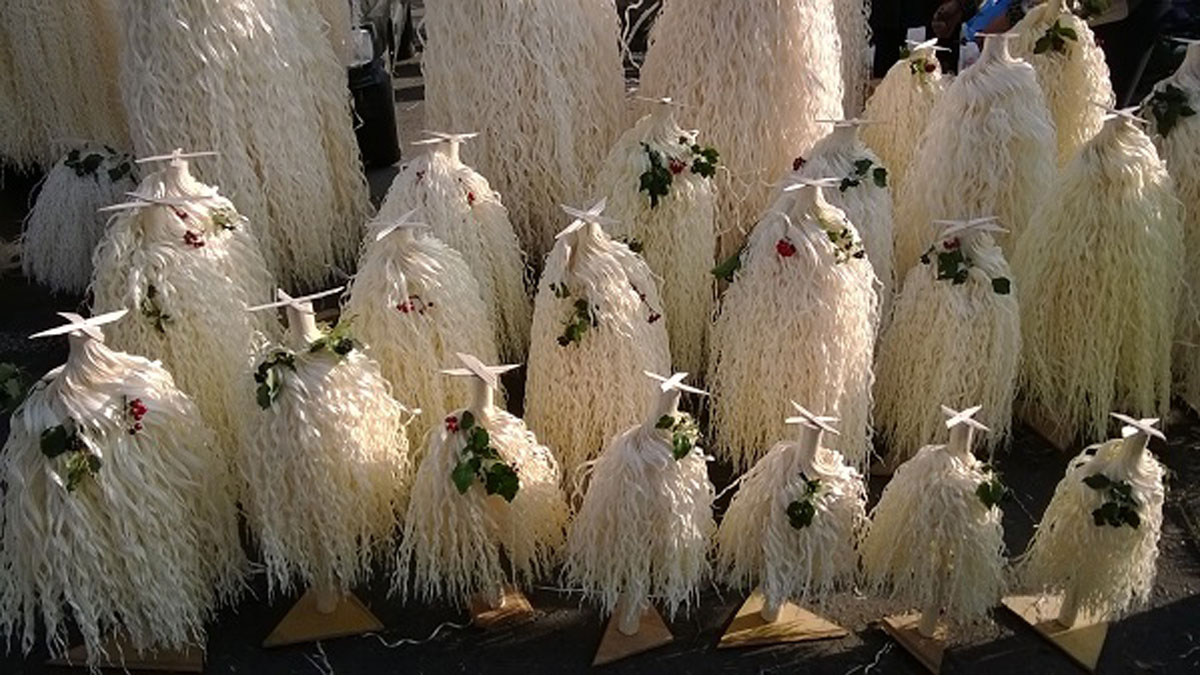
On Christmas Day, which is celebrated on Jan. 7, not Dec. 25, Georgians parade in the streets, wearing festive garments (some even dress as figures from the Christmas story) and proudly carrying Georgian flags. This joyful tradition called Alilo brings communities together to celebrate the holiday with music, color and a spirit of unity.
Kids in Georgia receive their gifts on New Year’s Eve from Tovlis Papa (“Grandfather Snow”), who dresses in all-white sheepskin clothing to keep warm as he delivers treats from the mountains. Festive foods like gozinaki (a honey walnut candy) and churchkhela (a sweet made from grape juice and walnuts) are traditional to Georgian Christmas celebrations.
Many Traditions, One Joyful Message
So there you have it — five different ways that people around the world celebrate the same holiday. Maybe your family or culture has some unique ways of celebrating Christmas too. As you enjoy this wonderful time of year, be sure to stop and remember the reason why Christmas exists: God fulfilled a promise he made thousands of years ago to mankind when he sent us the Messiah, Jesus Christ. And that’s a wonderful reason to celebrate!



